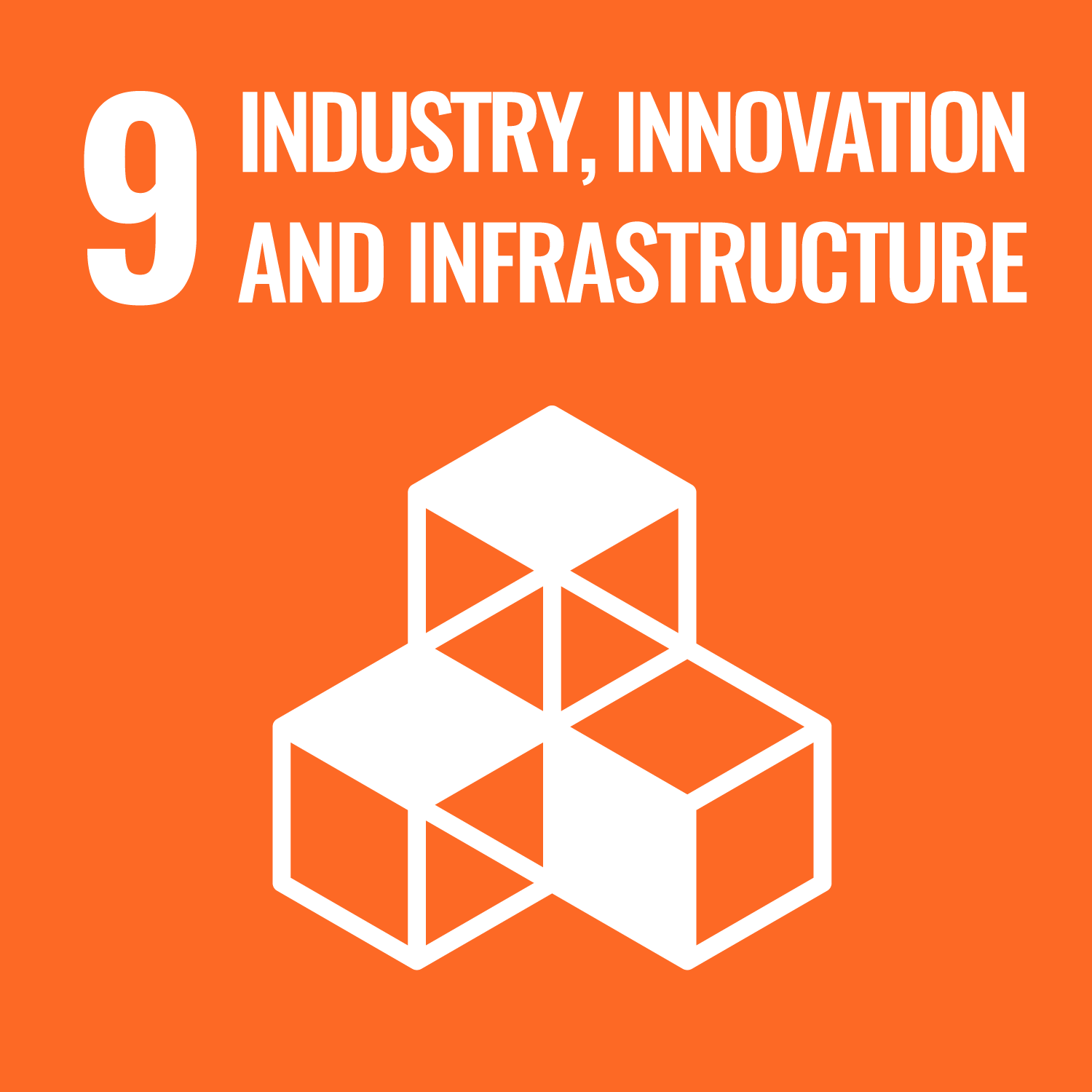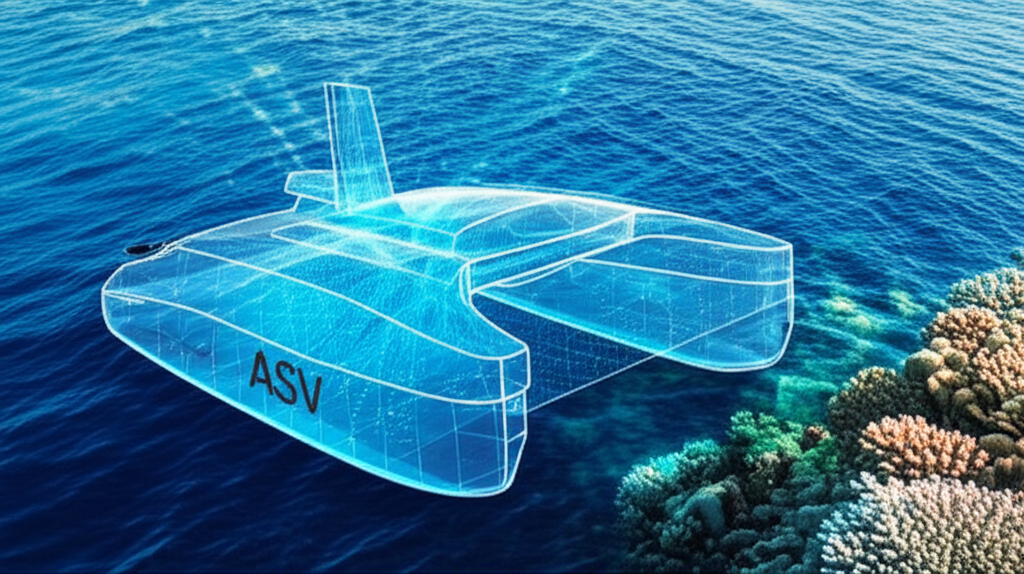Imagine a virtual world so precise it can predict the movements of a real boat. Researchers at Universiti Teknologi Malaysia (UTM) have brought this concept to life by developing a ‘Digital Twin’ (DT) for Autonomous Surface Vehicles (ASVs). These robotic boats are increasingly used for vital environmental monitoring, but keeping track of their precise state and ensuring reliable data collection can be challenging.
This project addresses the growing need for accurate and efficient environmental monitoring by creating a virtual replica of an ASV. The Digital Twin simulates real-time data and predicts the ASV’s future state, allowing for better control and more reliable information even when the boat’s sensors face disruptions. Essentially, it’s like having a sophisticated GPS and diagnostic system that anticipates problems before they occur. For example, many ASVs rely on GPS to determine their position, and this can be affected by the surrounding environment as GPS signals can be reflected or blocked by objects. ASVs also rely on inertial measurement units to measure their roll, pitch, and yaw, and this can be affected by external forces such as waves. These inaccuracies can lead to wrong data. The DT uses data fusion techniques and real-time processing to mitigate these issues.
UTM researchers tested their Digital Twin in a controlled environment, focusing on the ASV’s position and orientation. The results showed that when the Digital Twin received frequent data updates, its predictions were remarkably accurate. However, as the time between updates increased, the accuracy decreased, highlighting the importance of real-time data processing. This research underscores the need for advanced data fusion techniques and real-time processing to maintain the DT’s reliability.
This breakthrough has significant implications for environmental monitoring. More accurate ASVs mean more reliable data for scientists studying our oceans and waterways. This could lead to better understanding of pollution, climate change impacts, and marine ecosystems. The next steps involve refining the Digital Twin’s capabilities and exploring its applications in more complex real-world scenarios, ultimately paving the way for smarter, more efficient environmental stewardship. https://doi.org/10.11113/jurnalteknologi.v87.22992


